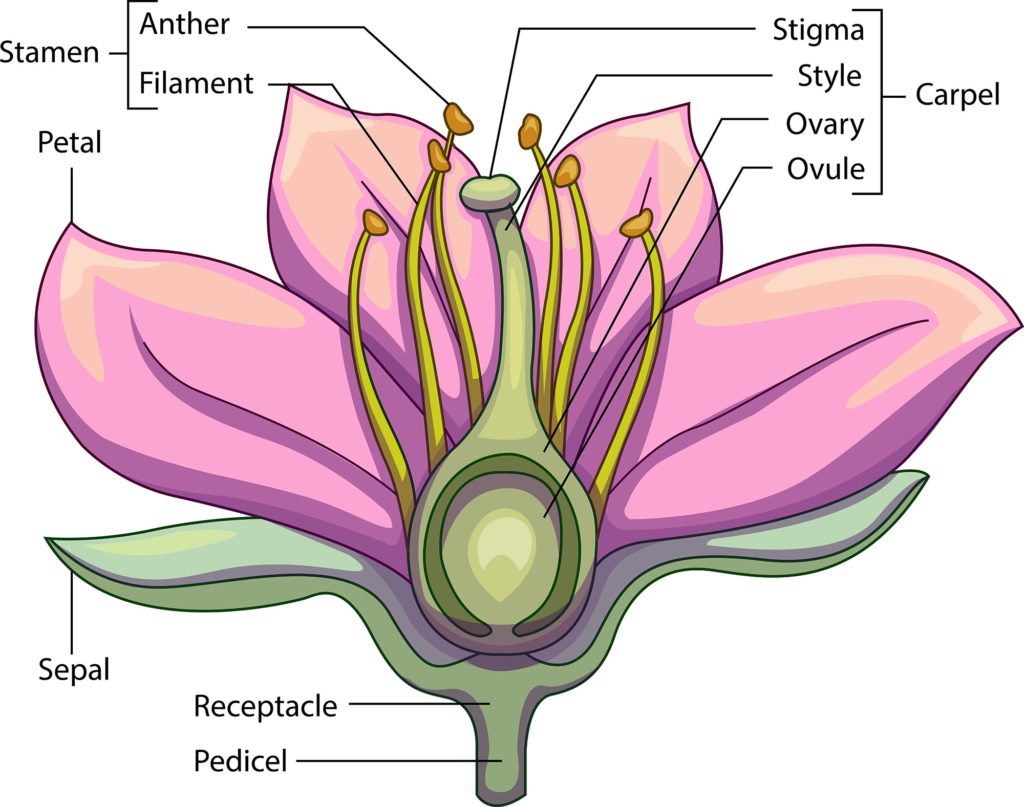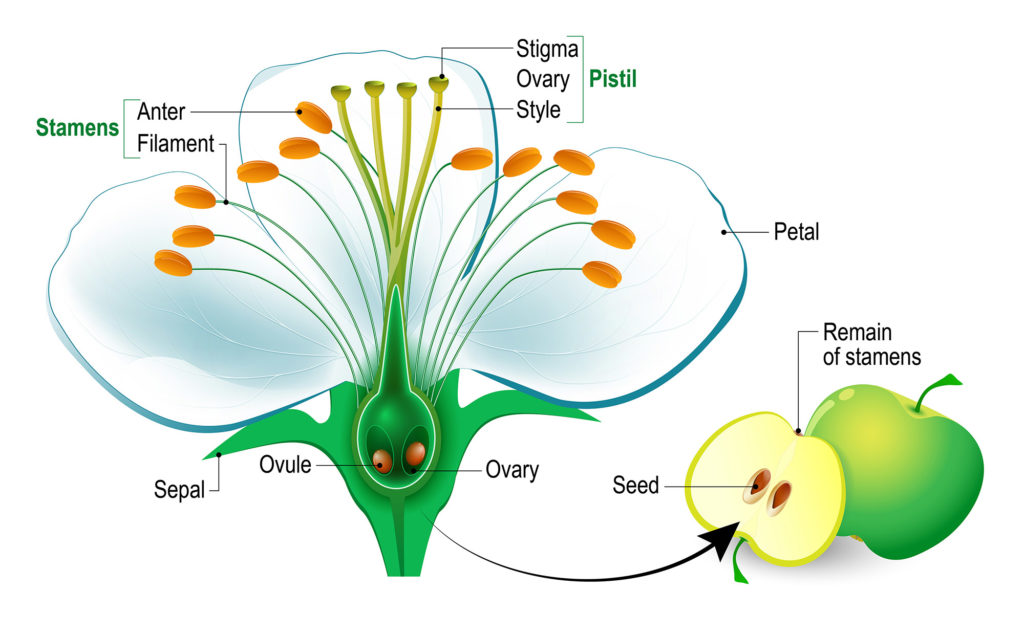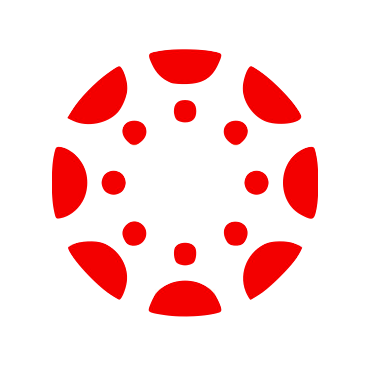Flowers Laboratory & Media Piece


Flowers Objective:
Learn about flowers and create a media piece of your own work that shows how what you have learned matches four of the nine course outcomes.
This page has three parts: Introducing background context for this activity, describing the assignment, and providing additional information that can be helpful in learning about flowers before attending the laboratory.
Background Context
In BI 101 you will be collecting and curating your weekly quiz responses and media pieces into a final portfolio. This was briefly introduced last week in the Discovery Guide and can also be found on the portfolio page.
Basically, the portfolio will have an introduction page (that is a media piece in week 10 of the course), followed by nine sections, each representing one of the nine course learning outcomes representing concepts, skills, and connections. You will be placing your own substantial work into the nine outcome categories, demonstrating that you have achieved that learning outcome.
We are using flowers as our first lab since they are so interwoven with the human experience. This video provides an overview of flowers and why they are significant.
In this week’s lab (one hour and 50-minute section), you will select at least four different aspects of flowers that you are interested in learning about. This will include a Flower Concept, a Flower Skill, a Flower Connection, and a fourth outcome of your choice. The lab will have many possibilities to choose from and you can do more than four if you want to start filling more of the nine portfolio sections.
Flower Outcomes Media Piece Assignment
Flowers Outcomes
This assignment starts construction of the final portfolio for this course. The portfolio will be due the Wednesday of finals week (“week 11”). There is no final exam for BI 101, instead you will be compiling and submitting this portfolio of your work.
The final portfolio has two features:
1. demonstrates your achievement of the nine course outcomes
2. constructed so you may use it beyond this course
In this media assignment you will become more familiar with the nine learning outcomes and final portfolio structure.

Steps for this media piece assignment:
1. The laboratory will be set up with several different stations about flowers. You will select four that you are interested in learning, and collect information. Your information can be notes, photos, videos, a pressed specimen, etc.
2. From the lab options we’ll provide, select at least one Flower Concept (science concept, biology concept, or environmental biology concept), one Flower Skill (science skill, biology skill, or environmental biology skill), and one Flower Connection (science connection, biology connection, or environmental biology connection). For the fourth, select one of the nine categories you have not already chosen.
3. Develop a media piece using your notes, photos, etc. that teaches about flowers from each of the four perspectives you chose. In otherwords, you are creating a short lesson about flowers that represents four learning outcomes.
4. State the outcome you are representing (for example, “biology skill“) and then include your work representing achievement of that outcome, like your own labeled sketch of a flower.
5. Upload your Flowers Outcomes media piece to Canvas.
6. To summarize: you are uploading a media piece that consists of your own flower notes, photo, sketches, etc. The piece will be organized around four learning outcomes, each outcome matched to your work, demonstrating that you have achieved an aspect of that outcome.
Work Ahead
If you would like to work ahead or do some of the work outside of the laboratory, we will get you started here.
If you run across flowers and take photos, your photos may fit under the learning outcome “Environmental Biology Connections” as an example of the arts linking with the sciences.
Flower Structure (Biology Concept)
Although flowers vary significantly in structure, many share the features in this video.
Lilies are often used to study flower structures because they are complete or “perfect” flowers with all of the basic parts. Lilies are monocot angiosperms, with three petals and three similarly colored sepals.

Stamens are the “male” reproductive structures of the flower that produce the pollen grains. Each stamen consists of a filament and an anther. The filament is a stalk attached to the anther. The anther is where pollen grains are located. Pollen is the equivalent to sperm in human males.
The pistil (also called the carpel) is the “female” reproductive structure of the flower and is made up of three parts. The stigma is where the pollen grains land. The style is below the stigma and connects it to the ovary. The ovary forms the bottom part of the pistil. Inside the ovary are the ovules and inside the ovules are the eggs which, after fertilization, will result in the ovules developing into seeds. At the same time the ovary will develop into a fruit.

To review; after fertilization (pollination), the ovary of the flower becomes the _____ and the ovules become the _____.
Answers: fruit; seeds
Models (Science Concept)
Models are often used to assist is visualizing small structures. This mustard readily shows all of the basic flower parts.
Variations in flower structures are often used to identify flowers in the field.
Review your understanding of flower structures with this video.
Grass Plants (Environmental Biology Concept)
Although many significant crops like soybeans and squash are pollinated by animals, grass plants are wind pollinated. Grasses that are important to humans include corn, wheat and rice.
Grass Flowers
Grass plants are not pollinated by animals, so they do not need large, colorful, odorous, or nectar-filled flowers.

In a corn plant, a cluster of male flowers is called a tassel. The male flowers produce pollen which is carried by the wind to female flowers. Pollen falls onto the silks of female flowers, which develop into individual corn kernels. Typically the male and female flowers on a single plant mature at different times, to prevent self-pollination.
Pressed Flower (Environmental Biology Skill)
You can press a flower (or leaf) as a form of media. This video demonstrates that you do not need fancy equipment.
Flower Evidence (Science Concept)
Transpiration, evaporation of water from plants, is introduced in the Biosphere Guide as part of the water cycle. People typically think of transpiration from leaves, but flowers can lose water too. Here is a demonstration of evidence of transpiration you can repeat at home. You may be even have more success if it is a bit warmer (faster evaporation/transpiration), or fresher plant material is utilized.
Setting up the demonstration.
Here are the results.
Flower Exploratory Study (Science Skill)
Gardens can be a form of laboratory, a place to control variables to attempt to isolate cause and effect.
Gardening may also model positive human interactions with the natural world
Often in the science discovery process, exploration begins with a biodiversity lens, finding and identifying species. As this video demonstrates, variables can emerge that lead to an ecological focus, such as which flowers the bumble bees prefer. This exploratory study is intended to identify variables that impact bee survival.
The first study led to observations in a different part of the garden.
Our next step will be to separate the zinnia colors to different parts of the garden to determine whether the bees seek out particular colors rather than opportunistically landing on the nearest plant. By isolating a variable, it is easier to draw conclusions. Initial studies lead to more questions and more studies. We originally planted the wildflowers to support bees, but the studies from this summer will give a better indicator of what to plant next year. Eventually we hope to have an evidence-based bee conservation plan.

